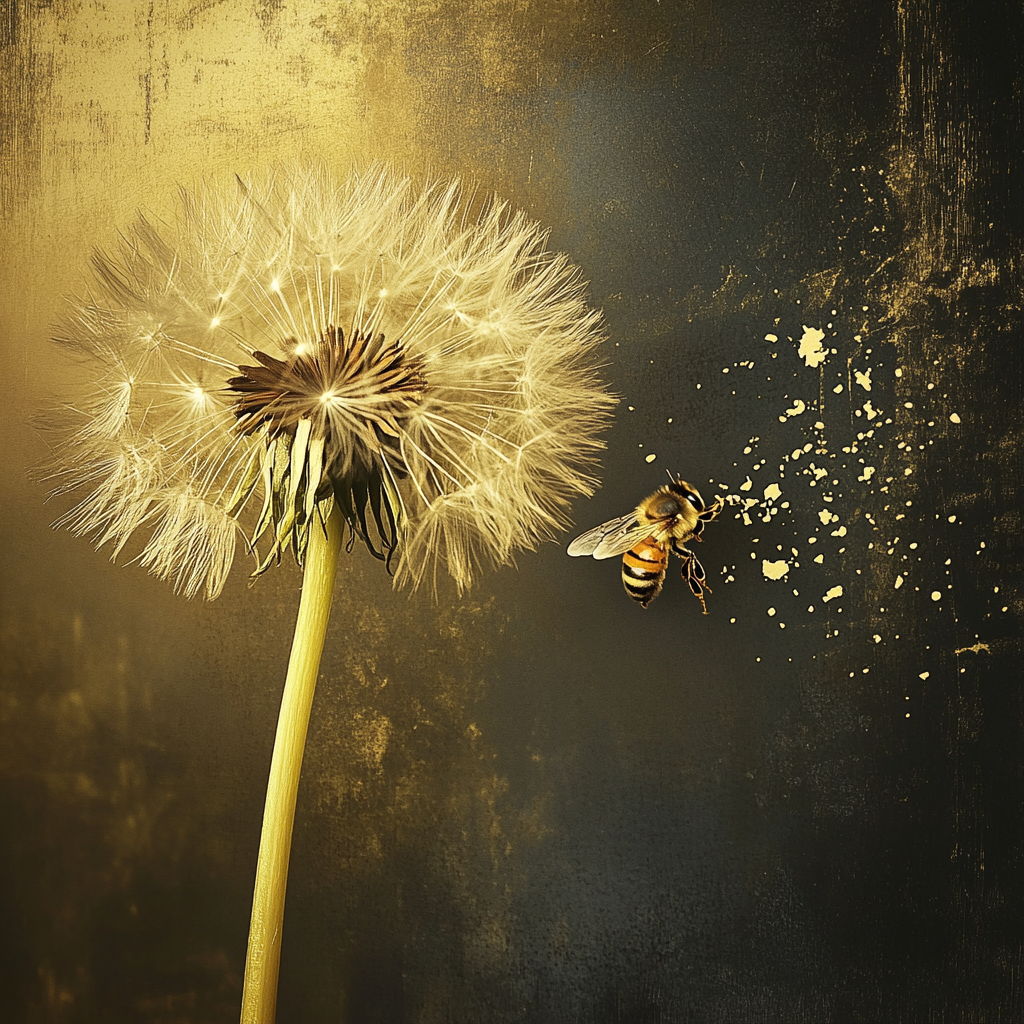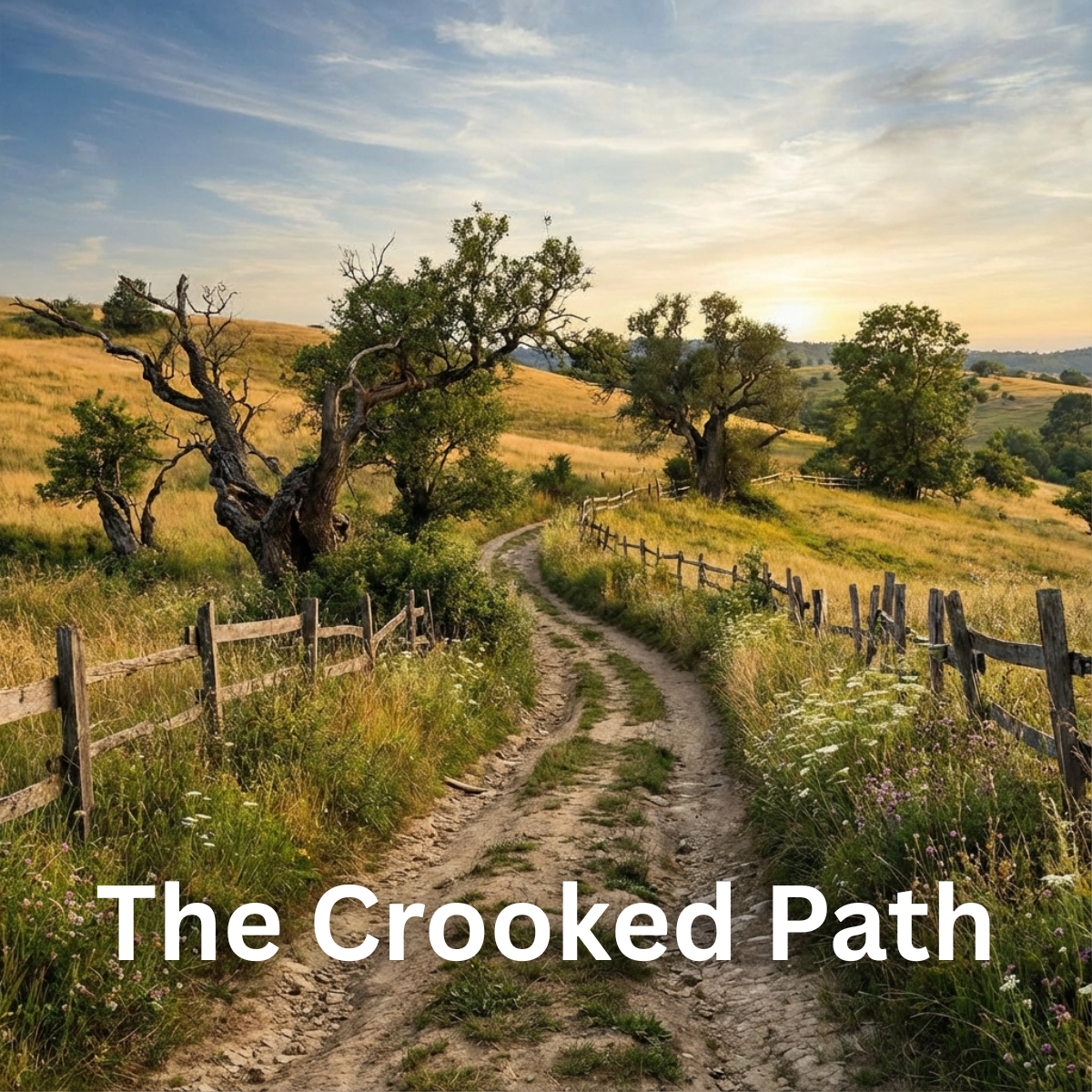AND HERE I AM, FIGHTING DANDELIONS
It’s not their bright yellow
more frank than boastful.
Yet, though hurried and harried
careering and careening
I fare forth
to cut down dandelions.
I patrol the lawn, resenting how they spread
like a foreign policy.
At times I catch one in flagrante delicto
(in fragrant delight?)
in an orgy of miscegenation with a bee,
without benefit of clergy.
I dig up dandelions
at the height of their excesses.
(I fight fair.
No chemicals.I’m a Rachel Carson man
and Organic Gardening—and damn the fluoridation racket.)
Word goes forth:
“Burke’s after us.
Hurry, proliferate,
be a population explosion.”
Reference: https://www.poetryfoundation.org/poetrymagazine/browse?volume=107&issue=6&page=15
This is my next poet in my series of poets that I am grateful for. I am spending my thanksgiving week thinking of poets that had a major impact on me in my life. Is poetry dead I wonder? This poem, “And Here I Am, Fighting Dandelions,” uses wit and humor to explore themes of control, frustration, and the persistence of nature. Kenneth Burke was not known as a poet, but rather one of the early thinkers in rhetorical analysis. He would be considered an existentialist, but probably more of a linguist by others. This poem captures his humour as well as his view of the world full of symbolism.
The poem deals with the human struggle against nature, symbolized by the Burke’s battle with dandelions. The dandelions represent not only an annoyance but also nature’s resilience, adaptability, and defiance of human efforts to control it. On a deeper level, the poem reflects on the futility of trying to impose order on the natural world and perhaps even on life itself.
The tone is humorous, self-aware, and slightly exasperated. Burke’s descriptions are exaggerated, turning what is typically an ordinary act of lawn maintenance into an epic, almost moral conflict. This whimsical tone helps lighten the serious undertones of ecological and philosophical questions.
The poem uses playful, conversational language:
- Imagery: Vivid images, such as “careering and careening” and “an orgy of miscegenation with a bee,” bring humor and absurdity to the Burke’s battle with weeds.
- Personification: Dandelions are given agency, plotting a “population explosion” and spreading “like a foreign policy.” This heightens the Burke’s frustration, as if the plants are intentional enemies.
- Allusion: The mention of Rachel Carson, the environmentalist author of Silent Spring, and the organic gardening movement ties the poem to broader environmental concerns and ethical debates about using chemicals.
- Irony: The speaker is aware of the absurdity of fighting dandelions with such determination, yet persists anyway, adding a layer of self-mockery.
- Dandelions: They symbolize resilience, persistence, and the untamed forces of nature. They may also represent things humans view as nuisances but that have their own purpose in the ecosystem.
- Bees: The bee symbolizes the interconnectedness of life; while Burke sees the dandelions as pests, the bee sees them as essential.
- The Lawn: The lawn serves as a metaphor for human desire to impose order and control over nature.
Burke’s commitment to fighting dandelions “fairly” by rejecting chemicals and aligning with the values of Rachel Carson and organic gardening underscores an environmental message. However, the frustration suggests a tension between ecological principles and the desire for control.
The poem satirizes both the obsessive pursuit of a “perfect” lawn and broader human attempts to dominate nature. The mention of “fluoridation racket” and “foreign policy” evokes societal debates, hinting at how humans tend to complicate even the simplest aspects of life. It may also be a critique of the modern obsession with perfection and control.
“And Here I Am, Fighting Dandelions” is both lighthearted and thought-provoking. On one level, it’s a humorous account of lawn care, but on another, it’s a commentary on the futility of human efforts to tame nature. Burke’s battle with dandelions becomes a metaphor for life’s ongoing, sometimes absurd challenges, reminding us of the need to coexist with rather than dominate the world around us.




